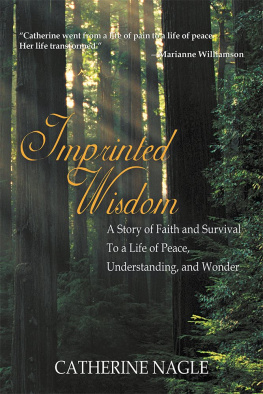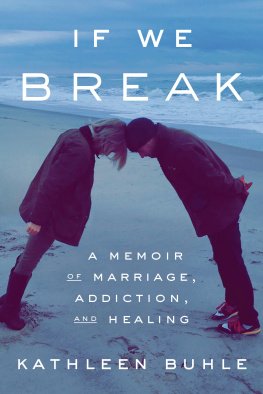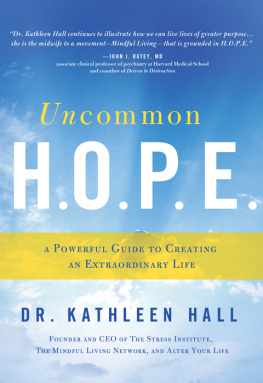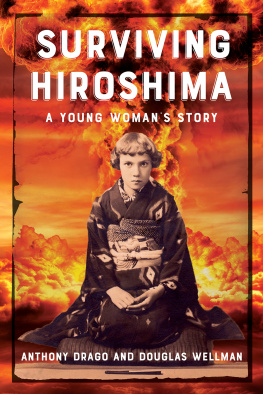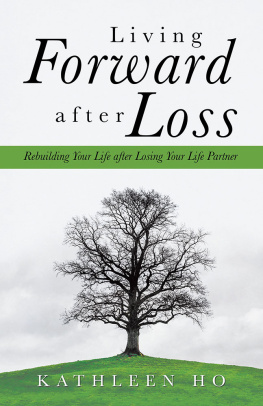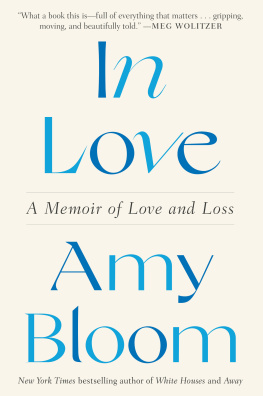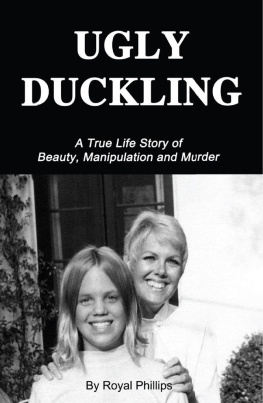Amberjack Publishing
228 Park Avenue S #89611
New York, NY 10003-1502
http://amberjackpublishing.com
This is a work of creative nonfiction. It is nonficction in that this is a true story based on the authors memories, and creative in that the author has expanded on her memory to build a richer narrative. The events contained herein are accurate to the best of the authors memory. Minor details which do not impact the story have been changed as necessary to protect the privacy of those involved.
Copyright 2017 by Kathleen Murray Moran
Printed in the United States of America. All rights reserved, including the right to reproduce this book, in part or in whole, in any form whatsoever without the prior written permission of the publisher, except in the case of brief quotations embodied in critical reviews and certain other noncommercial uses permitted by copyright law.
Publishers Cataloging-in-Publication data
Names: Moran, Kathleen Murray, author.
Title: Life detonated : the true story of a widow and a hijacker / by Kathleen Murray Moran.
Description: New York, NY: Amberjack Publishing, 2017. Identi ers: ISBN 978-1-944995-32-4 (Hardcover) | 978-1-944995-45-4 (pbk.) | 978-1-944995-36-2 (ebook) | LCCN 2017934572 Subjects: LCSH Moran, Kathleen Murray. | Police spouses--Family relationships--United States. | Police--Family relationships--United States. | Terrorism--New York (State)--New York--History. | Police- -New York (State)--New York--History. | Bombings--United States- -Personal Narratives. | Hijacking of aircraft--United States--Personal narratives. | Police--Violence against--New York (State)--New York. | BISAC BIOGRAPHY & AUTOBIOGRAPHY / Personal Memoirs | BIOGRAPHY & AUTOBIOGRAPHY / Law Enforcement Classi cation: LCC HV7921 .M672 2017 | DDC 301.42--dc23
Cover Design: Black Kat Creative
Jacket Image: Deconstructed Sphere, 2005 (acrylic) by Lincoln Seligman / Bridgeman Images
Authors Note
Life Detonated is a true story of the events of September 11, 1976. Some information has been reprinted from newspapers. The hijacker, Julie Busic, has consented to the use of her letters.
The names of my siblings have been changed to protect their anonymity, but all other names are accurate.
Writing a memoir requires re-imagination. It is not possible to perceive reality directly without filtering or embellishment, without which this book would be flat and uninteresting.
I dont remember everything about my past. No one does. But I do remember the run in my mothers nylon stockings as she walked out of the kitchen without addressing the cast on my broken arm. I remember watching her smoke a cigarette on my back porch, shivering as she smashed the red tip into the wooden railing, knowing she longed for a place of her own.
All of what I write in this book is the truth as I remember it. That doesnt mean someone else will read the same passage and say it didnt happen that way. Thats the beauty of memoir. It is truth reimagined. The stories are as I reimagine them. I never cross the line and make up stories, but I do embellish details, and added dialogue that obviously could not have been word-for-word, but is close enough.
Most of what I write about the hijacker has been taken from her letters and some information from her book. All of it is true, but it is the truth as I know it.
The stories about my family tell an emotional truth, how I felt, and what I remember happening right in front of me. But these memories, too, can be tricky, if only because they happened a half century ago. I could not have gotten it all straight, so I went for the impact of how it felt.
Mimi Schwartz, who writes on memoir, said, The subconscious is remembering. And thats where the memories were stored before I tried to bring them to the page. Subconscious was all I had to rely on, and I wrote my story to the best of my re-imagination.
Prologue
They say the grief that comes with death doubles back on you and makes you mourn again all those past disappointments and tiny deaths you never had the chance to fully reconcile. But what Ive come to wonder is if death might be a birthing room, or a gift. It is a sad and heartbreaking gift, and yet the aftermath of death allows us to understand the tenacity and fortitude of the human spirit. It may be true to say we are presented again and again with small deathshijackings perhapschances to either lie down and surrender, or be reborn again. And to lift ourselves out of those frequent small deaths, or out of something as horrifying as a bomb exploding in the middle of the night, or a terrorist attack on a passenger plane, we must come to understand that we really do have the strength to make the choice to live again.
Do not go gentle into that good night.
Rage, rage against the dying of the light.
Dylan Thomas , Do Not Go Gentle Into That Good Night
We Lost Him
September 11, 1976
I was lying perfectly still in a lavender-scented bath thinking about the man who would slip into bed with me in another hour, run his hand down my back until I turned around, show me that sheepish grin, and kiss me with those lips that tasted like Lucky Strikes and smelled like the night air. I traced the constellation of freckles along my chest that he would outline with his fingers after we made love. We were trying for a girl. We had been hoping for a girl since our second son was born two years before.
This is a special report from CBS News. TWA flight 355 to Chicago carrying eighty-six passengers and seven crew members has been hijacked. I opened my eyes to hear the eleven oclock news coming from our bedroom. Shortly after takeoff from New Yorks LaGuardia Airport at 8:00 p.m., the aircraft was commandeered by Zvonko and Julie Busic, a Croatian and his American wife. They claim to have a bomb on board the plane and a second device located in New York City. I stood up, grabbed a towel, and ran into the bedroom.
The camera left Walter Cronkite and panned Grand Central Station, and the most familiar face in the world to me came into focus: my husband Brian in a Kevlar vest, Bomb Squad written on the back. Bath water dripped onto the rug as I stared at the tiny black-and-white TV. The scene panned across a row of twenty-five cent luggage lockers, the doors torn off their hinges, to Brian lifting a shopping bag from inside one of the lockers. The white Macys bag looked harmless. NYPD uniforms crowded around as Brian placed the bag on top of the bomb blanket and clipped the ends together. I watched as he and Hank Dworkin threaded a long pole into the blankets loops and balanced it across their shoulders. The camera followed them to the disposal truck parked outside Grand Central where they disappeared from my view.
Backing away from the TV, I sat on the bed holding the towel in a tight ball. Croatia? Where was itYugoslavia? Stay calm , I told myself. Brian worked hundreds of bomb cases. All of them were dangerous. He always assured me he never took risks. Dont panic . I had dipped chicken in breadcrumbs that afternoon and made potato salad for our picnic at the beach tomorrow. Wait for him to call . But, without knowing why, this time felt different.
Down the hall, in the glow of the tiny nightlight, our four-year-old son Keith slept, his sheets tangled around his legs, his forehead damp from the heat that our ceiling fan did little to ease. It was so hot the blacktop stuck to his sneakers, Brian told me that afternoon before he left for work. Chris, the baby, was snuggled at the top of his crib, his hands under his chin as though in prayer. I stood in the doorway watching them sleep, and listening to them breathe.


